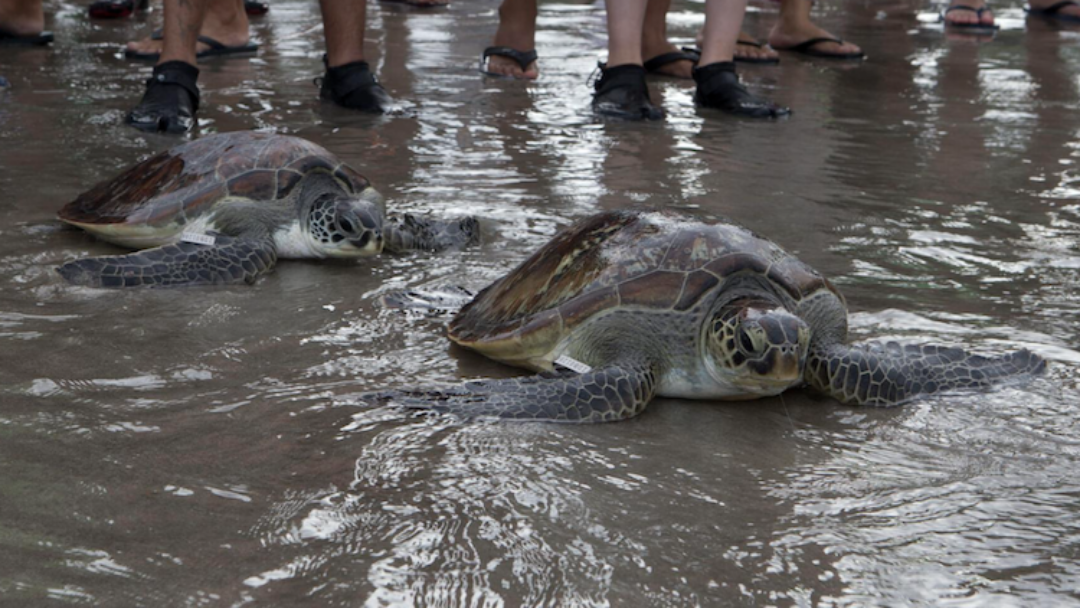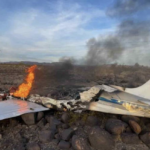This year, a vast number of species have been identified as newly endangered by the International Union for Conservation of Nature. A major cause for this is believed the global warming which has caused a shift in the climate.
At the COP28 climate conference in Dubai, the IUCN declared modifications to its Red List of Endangered Species on Monday. All in all, the association states that nearly 44,000 species are facing the possibility of endangerment. This year, there have been 2,000 species added to the list.
The environment in which a species lives may have a huge impact on its health and survivability. An example of this is certain turtles, which are now endangered due to the flooding of their nesting grounds from rising sea levels and the decreasing growth of their seagrass food sources caused by warmer ocean waters. In addition, freshwater fish species are at risk because salt water is entering their streams and rivers.
The IUCN has revealed that 6,700 species on the Red List have been detrimentally affected by climate alterations.
This year, two antelope species have experienced an overall improvement. Specifically, the scimitar-horned oryx, previously thought to be extinct in the wild, has been able to establish a population of a few hundred animals in a protected area in Chad, where the threats of poaching and collision with vehicles have been minimized.
The representatives of IUCN asserted that action to guard biodiversity has been demonstrated to be successful — and they stated that one of the most influential activities we could take is to halt the utilization of fossil fuels.








